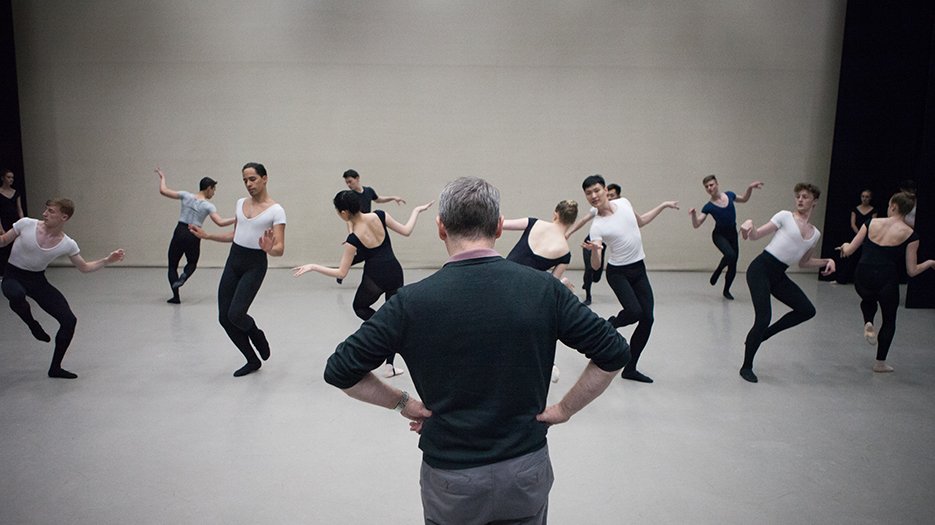“I entered the Royal Ballet School in the final years of a golden era”
“I entered the Royal Ballet School towards the end of a golden era. Stars like Sibley, Dowell, Seymour, Wall and Nureyev, were regularly leading performances at the Royal Opera house, Sir Frederick Ashton was still making occasional pieces and choreographer Kenneth MacMillan was the director of the company. The great founder of the whole enterprise, Dame Ninette de Valois herself, could occasionally still be seen, scattering the fainthearted as she strode the corridors and studios of the company's headquarters in Barons Court.
“As a young dance student I was always passionately interested in ballet history, particularly that of the Ballets Russes, the great émigré company masterminded by Diaghilev that bestrode the world of art during the early part of the 20th century, and of which De Valois herself had once been part.
“Music, design and dance were equal partners in the works of the Ballets Russes, a philosophy that was to prove deeply influential when De Valois went on to create her own ballets, and to lay the foundations of Britain’s national company.
“I have always seen myself as a link in a chain which Madam called the ‘English’ ballet.”
“People often describe our national style as lyrical and poetic, and at its most pure, particularly in the ballets of Frederick Ashton, that is true. But for me the most salient point of the ‘English School’ is its predilection for ideas and narrative, the need to communicate. The ballets of De Valois, Kenneth MacMillan and John Cranko, of Tudor and Ashton, cover all aspects of the human condition. Theirs are ballets that have the power to move, to excite, to shock and even offend, but never to merely decorate, to prettify.
I was fortunate to work with ‘Madam’, not only dancing key roles in her ballets, but ‘sitting at her feet’ and absorbing her knowledge and wisdom, only a handshake away from Diaghilev.
“Small wonder then that my belief in the power of ballet, the union of music, dance, drama and design handed down from Louis XIV, and transformed through time by the choreographic and musical greats, remains undimmed.
“Frederick Ashton once described ballet to me as ‘… a great broad river that flows majestically on, with numerous tributaries that feed it but don’t fundamentally alter its course’, by which he meant that classical ballet, with its centuries of historical development, the unparalleled logic of its language and the universality of its appeal, is robustly resilient in the face of change and able not only to withstand the vagaries of fashion, but absorb them and move on."
David rehearsing Elmhurst Ballet School; photo: Ty Singleton (@dancers_eye)



